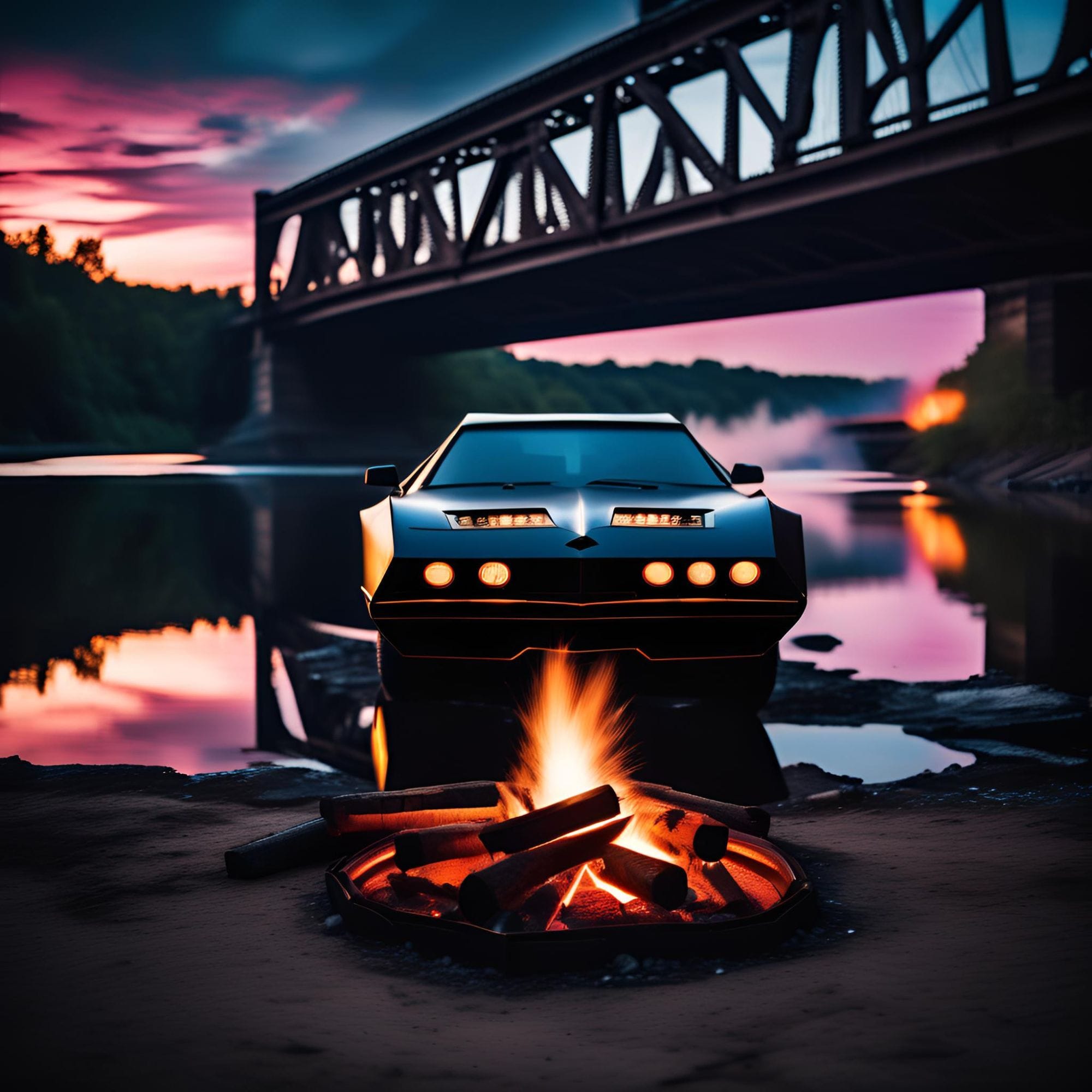The Making of Batman: The Dark Knight Rises - A Comprehensive Journey from Script to Screen










buymeacoffee.com coming soon..
Introduction
The Dark Knight trilogy, directed by Christopher Nolan, is widely regarded as one of the most iconic and groundbreaking film series in the superhero genre. Among the three films that make up this trilogy, "The Dark Knight Rises" stands out as the epic conclusion to the saga of the Caped Crusader, Batman. Released in 2012, this film not only brought the story of Bruce Wayne to a thrilling climax but also showcased the immense talent and dedication of the cast and crew involved in its creation.
In this article, we delve into the intricate details of how "The Dark Knight Rises" was made, from the initial stages of development to the challenges faced during production and the critical reception upon its release. Join us as we explore the behind-the-scenes magic that brought this cinematic masterpiece to life.
Development Stage
The development stage of any film is crucial to its success, and "The Dark Knight Rises" was no exception. This phase involved intricate steps that laid the foundation for the entire project, from scriptwriting to casting decisions to character design and costumes.
Scriptwriting Process
The scriptwriting process for "The Dark Knight Rises" was a meticulous and collaborative effort. Director Christopher Nolan, along with his brother Jonathan Nolan, worked tirelessly to craft a storyline that would not only continue the legacy of the Dark Knight but also resonate with audiences on a deeper level. The Nolans delved into the complexities of Bruce Wayne's character, exploring his inner turmoil and the challenges he faces as Gotham's protector. The script was carefully honed to balance action-packed sequences with emotional depth, resulting in a narrative that captivated viewers from start to finish.
Casting Decisions
With the script in place, the next step was to assemble the perfect cast to bring the characters to life. Christopher Nolan handpicked a stellar ensemble of actors, each bringing a unique perspective to their respective roles. Christian Bale reprised his role as Batman/Bruce Wayne, infusing the character with a brooding intensity and unwavering determination. Anne Hathaway took on the iconic role of Selina Kyle/Catwoman, adding a touch of cunning and complexity to the feline anti-hero. Tom Hardy transformed into the menacing Bane, exuding power and brutality with every line delivery. The casting decisions for "The Dark Knight Rises" were integral to the film's success, as each actor brought their A-game to the screen, creating a dynamic and compelling ensemble.
Character Design and Costumes
In addition to the performances, the character design and costumes were essential components of bringing the world of Gotham City to life. The intricate attention to detail in the costume design reflected the evolution of each character, from Batman's sleek new suit to Catwoman's sultry yet functional attire. The costumes not only served a visual purpose but also informed the characters' personalities and motivations, adding layers of depth to their on-screen personas. The meticulous craftsmanship that went into designing and creating these costumes elevated the film's visual appeal and authenticity, immersing viewers in the gritty and atmospheric world of Gotham.
The development stage of "The Dark Knight Rises" set the tone for what was to come, laying a solid foundation for the production phase to build upon. Each aspect, from scriptwriting to casting decisions to character design, was carefully crafted to ensure that the final product would be a cinematic masterpiece that would leave a lasting impact on audiences worldwide.
Production Phase
Once the script was finalized and the cast was assembled, the production phase of "The Dark Knight Rises" began in full force. This stage of the filmmaking process involved meticulous planning, innovative techniques, and dedication from the entire crew to bring the vision of the film to life.
Location Scouting and Set Design
One of the key aspects of the production phase was scouting for the perfect locations to shoot the film. The director and production team traveled far and wide to find the ideal settings that would capture the essence of Gotham City and other key locations in the film. From bustling city streets to remote mountain ranges, every location was carefully chosen to create the immersive world of Batman.
In addition to location scouting, the set design team worked tirelessly to construct elaborate sets that would transport viewers into the dark and gritty world of the Dark Knight. From Wayne Manor to the infamous Batcave, every set was meticulously designed to reflect the iconic imagery of the Batman universe.
Filming Techniques and Special Effects
The production team utilized cutting-edge filming techniques and special effects to bring the action-packed sequences of "The Dark Knight Rises" to life. From high-octane chase scenes to intense fight sequences, every moment was carefully choreographed and executed to perfection.
Special effects played a crucial role in enhancing the visual spectacle of the film. From practical effects like explosions and stunts to CGI enhancements, the team spared no expense in creating a visually stunning and immersive experience for the audience.
Challenges Faced During Production
Despite meticulous planning and preparation, the production phase of "The Dark Knight Rises" was not without its challenges. From inclement weather disrupting outdoor shoots to technical glitches on set, the crew had to overcome numerous obstacles to ensure the smooth progression of filming.
Additionally, the demanding nature of filming high-intensity action sequences and working with a large ensemble cast presented its own set of challenges. However, the dedication and professionalism of the cast and crew ultimately prevailed, resulting in a seamless production process.
Overall, the production phase of "The Dark Knight Rises" was a testament to the hard work, creativity, and expertise of everyone involved in bringing this iconic film to the big screen.
Post-Production and Release
After the intense filming process of "The Dark Knight Rises," the movie entered the crucial post-production phase, where the magic truly came to life. This stage involved meticulous editing and sound design to enhance the visual and auditory experience for the audience.
The editing team worked tirelessly to piece together the countless hours of footage captured during filming. They carefully selected the best takes, arranged the scenes in a cohesive manner, and added special effects to bring the world of Gotham City to life. The pacing of the film was fine-tuned to build tension and suspense, keeping viewers on the edge of their seats throughout the movie.
Sound design played a crucial role in creating the immersive atmosphere of the film. From the menacing growl of Batman's iconic Batmobile to the bone-chilling echoes of Bane's voice, every sound was meticulously crafted to enhance the emotional impact of each scene. The soundtrack, composed by the legendary Hans Zimmer, further elevated the film, providing a powerful and unforgettable musical backdrop to the epic story.
As the post-production phase neared completion, the marketing and promotion strategies were put into motion to build anticipation for the film's release. Trailers, posters, and press releases were carefully crafted to generate buzz and excitement among fans. The cast and crew embarked on a global promotional tour, attending premieres and press events to showcase their hard work and dedication to the project.
Finally, "The Dark Knight Rises" was released to the world, eagerly awaited by fans and critics alike. The film received critical acclaim for its breathtaking visuals, gripping storyline, and stellar performances. Audiences flocked to theaters, leading to massive box office success and cementing the film as a modern classic in the superhero genre.
In conclusion, the post-production and release of "The Dark Knight Rises" were instrumental in bringing the vision of director Christopher Nolan to fruition. Through meticulous editing, immersive sound design, and strategic marketing efforts, the film captivated audiences worldwide and solidified its place in cinematic history.
Conclusion
The making of "The Dark Knight Rises" was a monumental undertaking that involved the collaboration of numerous talented individuals in various facets of the film industry. From the inception of the scriptwriting process to the final stages of post-production, every detail was meticulously planned and executed to bring this iconic film to life.
The development stage saw the careful crafting of the script, meticulous casting decisions, and the creation of intricate character designs and costumes that would become synonymous with the Dark Knight franchise. Each element was crucial in setting the tone and vision for the film.
During the production phase, the team embarked on location scouting missions to find the perfect settings that would transport audiences into the gritty and complex world of Gotham City. Filming techniques and special effects were employed to enhance the storytelling and bring the action sequences to life, despite facing numerous challenges along the way.
In the post-production and release phase, the film underwent extensive editing and sound design to fine-tune every aspect of the movie. Marketing and promotion strategies were implemented to generate buzz and excitement leading up to the highly anticipated release. The critical reception and box office success that followed solidified "The Dark Knight Rises" as a cinematic masterpiece that resonated with audiences worldwide.
Ultimately, the making of "The Dark Knight Rises" exemplifies the dedication, creativity, and passion that goes into creating a blockbuster film that transcends the boundaries of the superhero genre. It stands as a testament to the enduring legacy of the Caped Crusader and the talented individuals who brought this epic tale to the big screen.






Member discussion